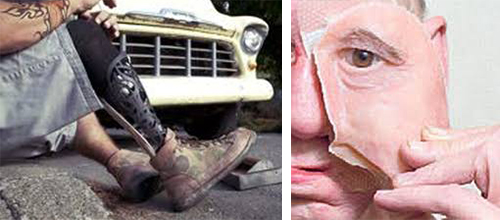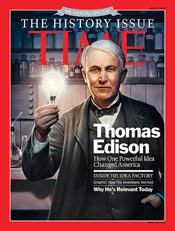Rejuvenating an Old Dream
Imagine being able to custom order a house built in one day that is weather-proof, insect-resistant, storm-resistant, and cute as all-get-out. This is being done now with a grown-up size 3D printer, and a good supply of ready-to-build concrete. Not your average size classroom printer, but a superb example of relevant technology application.
This technology is a powerful argument for supplying durable and quickly built housing for those in need; for bulging populations in developing nations; and can be used for more than just houses…with application to building commercial structures. Think of quickly built hospitals in remote areas, or in cities in need of medical facilities. Concrete is everywhere in our modern world and can be used in so many places. This technology is now being discussed and employed all over the world. These homes can be quick replacements for those destroyed in hurricanes, tornados and other natural disasters.
Another innovator was working in concrete and building homes in the early 1900’s. Perhaps you heard of him…Thomas Edison…who in 1908 began experimenting with using large steel molds for building concrete structures–two of his pilot buildings were built on the site of his historic home at the Thomas Edison National Historical Park [TENHP] in West Orange, NJ. Both these structures remain in excellent condition today [a potting shed and a large garage]; and are toured by thousands of public and professional visitors to TENHP every year.
Edison’s durable concrete was later used to build Yankee Stadium. It is worth noting that Edison’s work in concrete revamped the entire industry, increasing typical manufacturing plant outputs by a factor of four. Did we mention he also used his concrete to build the many buildings in the manufacturing complex at his legendary West Orange facility!
Editor’s Deep Dive
https://en.wikipedia.org/wiki/Edison_Portland_Cement_Company
Thomas Edison said, “Anything that won’t sell, I don’t want to invent. Its sale is proof of utility, and utility is success.”


![Floor plan for a 3D printed home – [Image source: https://3dprintingindustry.com/news/americas-first-3d-printed-houses-99189/]](https://www.edisonmuckers.org/wp-content/uploads/2019/04/Concrete-home-floor-plan-624x519.png)



